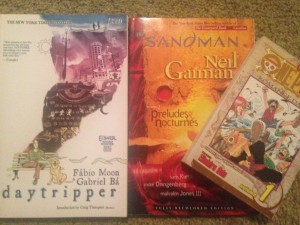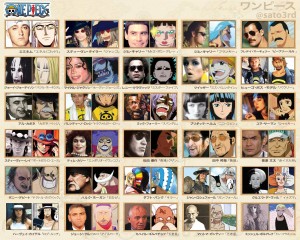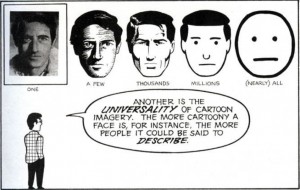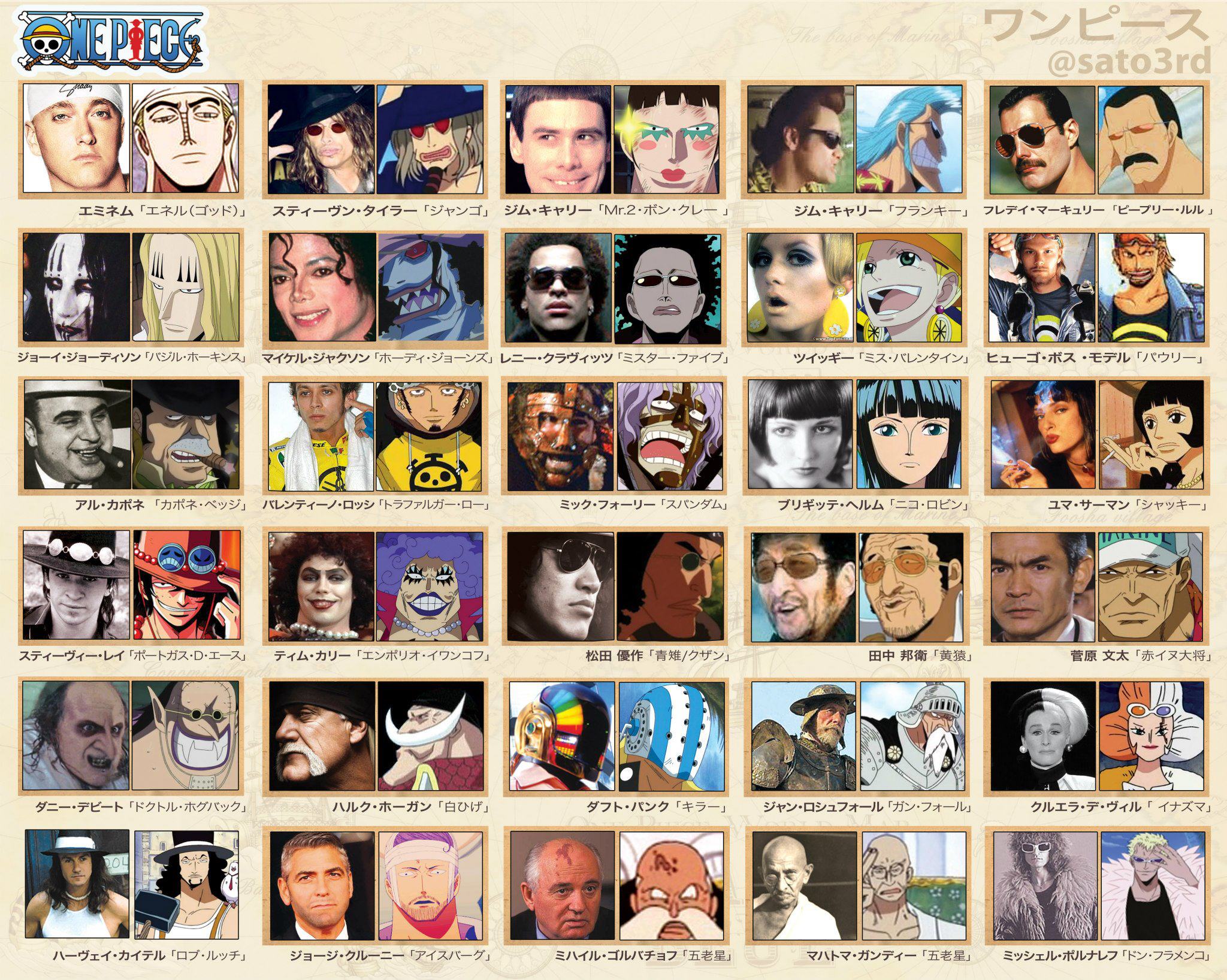Hello everyone! For my summer research, I am looking at the medium of comics and trying to understand if they are able to tell stories that transcend cultural and language barriers through the use of sequential image narratives.
I am reading several internationally popular comics from different cultures of origin and looking for the specific instances where translation issues related to language and cultural specificities may hold non-native readers back from appreciating the work fully. These include: The Sandman series, written by British author Neil Gaiman and illustrated by a number of the most successful artists in the industry; One Piece, an immensely popular Japanese manga created by Eiichiro Oda, which has sold over 380 million volumes around the globe and has been translated into at least fifteen languages; and Daytripper, a Brazilian comic created by twins Gabriel Bá and Fábio Moon, who wrote and illustrated the graphic novel.

Although these comics remain true to their national identity, I am finding that they have achieved global significance because of a truly global source of influences, ranging from mythology and folklore to pop-culture to national history.

I have begun to understand that the allure of comics lies in their ability to allow immediate reader participation in a story, with a flexibility that may be unique to the medium. This ability has stood out in two distinct ways: the use of generalized images to allow for personal identification with an otherwise unrelatable story, and the idea that a sequence of images forces the reader to use their imagination to perceive the time of narration that takes place between the panels of a comic.

In addition to researching these published works, I am creating a short comic without using language, and will be getting feedback from individuals from different backgrounds in order to understand if the sequential images of comics are able to inspire similar thoughts among varied individuals, and where specifically differences in interpretation arise.
